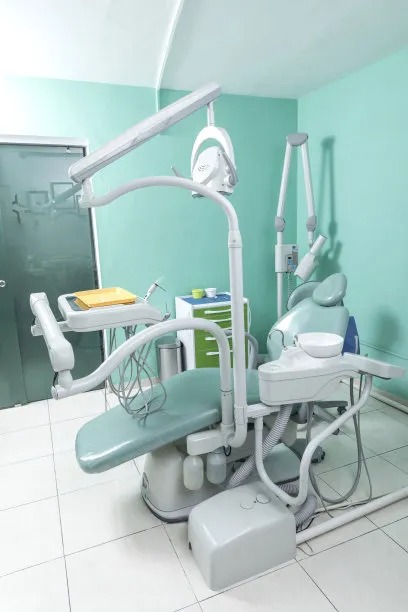A Comprehensive Guide to the Process and Care After Extracting a Tooth for Optimal Oral Health
Summary: Tooth extraction is often necessary for various dental issues, but it doesnt end there. This comprehensive guide explores the step-by-step process of tooth extraction, emphasizing the critical aftercare required for maintaining optimal oral health. We will delve into the preparation for extraction, the procedure itself, post-extraction care, and signs of complications. Understanding each aspect is essential for ensuring a smooth recovery and preventing future dental problems. Proper knowledge and care can significantly impact your oral health after a tooth has been removed.
1. Preparation for Tooth Extraction Procedure

Preparing for a tooth extraction is a crucial first step. Patients are encouraged to discuss their medical history and any concerns with their dentist prior to the procedure. This can include existing health conditions, medications, and previous dental surgeries. Understanding these factors helps the dentist tailor the procedure, ensuring it is performed safely and effectively.
Additionally, patients should have a clear understanding of what to expect before, during, and after the extraction. Dentists may recommend performing diagnostic tests, such as X-rays, to evaluate the tooths condition and the surrounding bone structure. This planning stage is vital, as it helps to avoid complications during the procedure.
Lastly, arrangements for transportation should also be made. Since most extraction procedures involve anesthesia, patients may not be in a fit state to drive afterward. Being organized and prepared helps alleviate anxiety and ensures a smoother experience overall.
2. Understanding the Tooth Extraction Procedure
The tooth extraction procedure itself typically begins with the administration of anaesthesia to numb the area surrounding the tooth. This step ensures that the patient feels no pain during the process. Dentists may utilize either local or general anaesthesia, depending on the complexity of the extraction and the patients comfort level.
Once the anaesthesia takes effect, the dentist will proceed with the extraction, which can involve loosening the tooth and carefully removing it from the socket. In some cases, surgical extraction may be necessary, especially if the tooth is impacted or broken. A successful extraction minimizes trauma to the surrounding gums and bone.
After the extraction, the dentist provides instructions regarding immediate post-operative care. This information typically covers how to manage bleeding, pain relief options, and dietary restrictions. Proper adherence to these guidelines is essential for a smooth recovery.
3. Essential Post-Extraction Care Instructions
Post-extraction care is vital to ensure a smooth healing process. Following the dentist’s instructions helps minimize the risk of complications such as infection or dry socket. For the first 24 hours, it is advisable to bite down on a gauze pad to control bleeding and promote clot formation.
Patients should also avoid strenuous activities and heavy lifting for a few days post-extraction. Resting allows the body to focus on healing. Applying ice packs can help manage swelling and discomfort during the first 48 hours, followed by heat application afterward, if needed.
Diet plays a crucial role in recovery. Patients are encouraged to stick to soft foods and liquids for the first few days, gradually reintroducing solid foods as healing progresses. Avoiding hot, spicy, or acidic foods can prevent irritation to the extraction site, thus aiding in recovery.
4. Recognizing and Managing Complications
Despite following instructions, some patients may experience complications that require attention. Recognizing early signs of issues is essential for effective risk management. Symptoms like persistent bleeding, excessive pain, or fever can indicate complications such as infection or dry socket.
Patients should promptly contact their dentist if they notice unusual symptoms. Early intervention can prevent more serious issues from developing and allows the dentist to provide the necessary treatment to alleviate discomfort.
Maintaining good oral hygiene post-extraction is also important. However, individuals should be cautious not to disturb the extraction site when brushing or rinsing. Keeping the area clean helps prevent infections and supports healing, which is crucial for the long-term success of the extraction.
Summary:
In summary, tooth extraction is a multifaceted process that extends beyond the chairside procedure. Preparation, understanding the extraction itself, diligent post-operative care, and recognition of complications form the basis of optimal oral health in the aftermath. By adhering to guidelines and communicating effectively with dental professionals, patients can foster a smoother recovery, ensuring that their oral health is restored without unnecessary setbacks.
This article is compiled by Vickong Dental and the content is for reference only.



